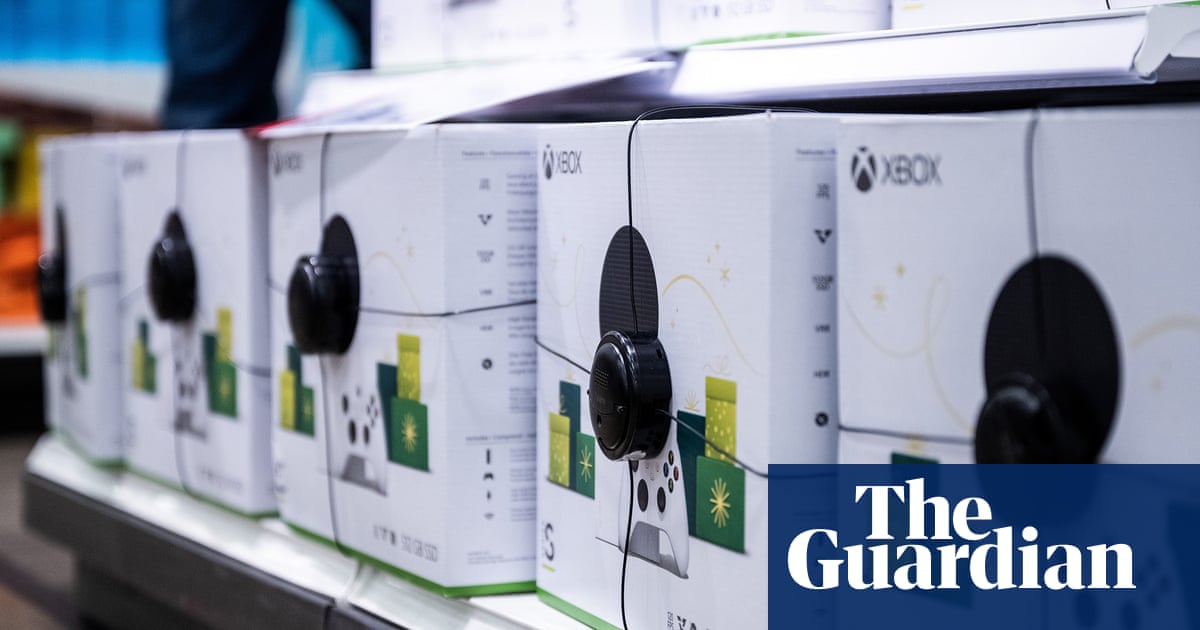The recent announcement by Microsoft to raise Xbox prices globally has sparked discussions surrounding market conditions, tariffs, and competitive behavior within the gaming industry. The timing of this decision, closely following a similar move by Sony with its PlayStation 5, suggests a broader trend influenced by external economic factors.
Market Response and Consumer Impact
The price hikes for Xbox consoles, particularly the entry-level Series S and the premium Series X, reflect not only inflationary pressures but also the potential impact of tariffs imposed on Chinese imports. With the Series S seeing a 27% increase in the U.S. and the Series X a 22% increase, consumers may feel the pinch, especially in an economy where discretionary spending is already challenged. This strategy could alienate some price-sensitive gamers, particularly as competing consoles may also face similar pricing pressures.
Connection with Tariffs and International Trade
Microsoft did not directly attribute the price increases to tariffs in their announcement, yet the shadow of Donald Trump’s tariffs on products from China looms large over the gaming industry. The tariffs have increased manufacturing costs, which are likely being passed on to consumers. This indirect acknowledgment of external economic pressures might be a strategic move by Microsoft to justify the price hikes while avoiding direct confrontation over tariff policies.
Industry Positioning and Competitive Dynamics
The announcement highlights competitive dynamics in the gaming industry. With Sony already having increased prices for some PS5 models, Microsoft seems to be aligning its pricing structure with its competitor. This could signal a shift in how both companies perceive market value and demand, potentially leading to a price war that could affect sales volumes across the board.
Public Perception and Potential Backlash
Given the economic climate, public perception of these price increases may skew negative. Gamers could view this as a corporate move that prioritizes profit over consumer loyalty. There is a risk that such decisions may foster resentment among dedicated Xbox fans, leading to decreased brand loyalty and a shift towards more affordable gaming options.
Broader Economic Implications
The ripples of this decision could extend beyond the gaming industry, affecting overall consumer spending patterns and market dynamics. If consumers perceive gaming as becoming less accessible, it may impact related sectors, including retail and entertainment. As a result, analysts may watch stock performance for Microsoft and its competitors closely, as these price adjustments could influence investor sentiment and trading activity.
Target Audience and Support Base
The announcement is likely to resonate more with tech-savvy consumers who are already invested in the Xbox ecosystem, but it risks alienating casual gamers or those who were considering a purchase. The potential backlash from gaming communities could lead to a decline in support from these groups, impacting future sales.
Market Reactions and Financial Considerations
The price increases may influence stock prices of Microsoft and its competitors. Investors typically react to shifts in consumer goods pricing, especially if they perceive that these changes will negatively impact unit sales. The gaming sector is often volatile, and price adjustments can lead to significant fluctuations in stock performance.
Geopolitical Context and Global Influence
Though the announcement primarily addresses consumer products, it touches on broader geopolitical issues concerning trade and international relations, particularly between the U.S. and China. As tariffs and trade policies evolve, companies like Microsoft must navigate these complexities, which could affect their global strategy.
Artificial Intelligence in Reporting
While the article itself does not explicitly indicate the use of AI, the structured presentation and analysis of market conditions may suggest AI tools were employed in crafting the narrative. AI could have assisted in organizing data regarding price changes, market sentiment, and consumer behavior, thus streamlining the reporting process.
The implications of this pricing strategy and its timing suggest a calculated approach by Microsoft to manage consumer expectations while navigating complex market realities. The reliability of this news hinges on its reflection of current market conditions and the behaviors of major industry players. Overall, the article presents a factual basis for understanding the shifts occurring within the gaming industry, albeit with a slight undertone of corporate justification for the increases.
